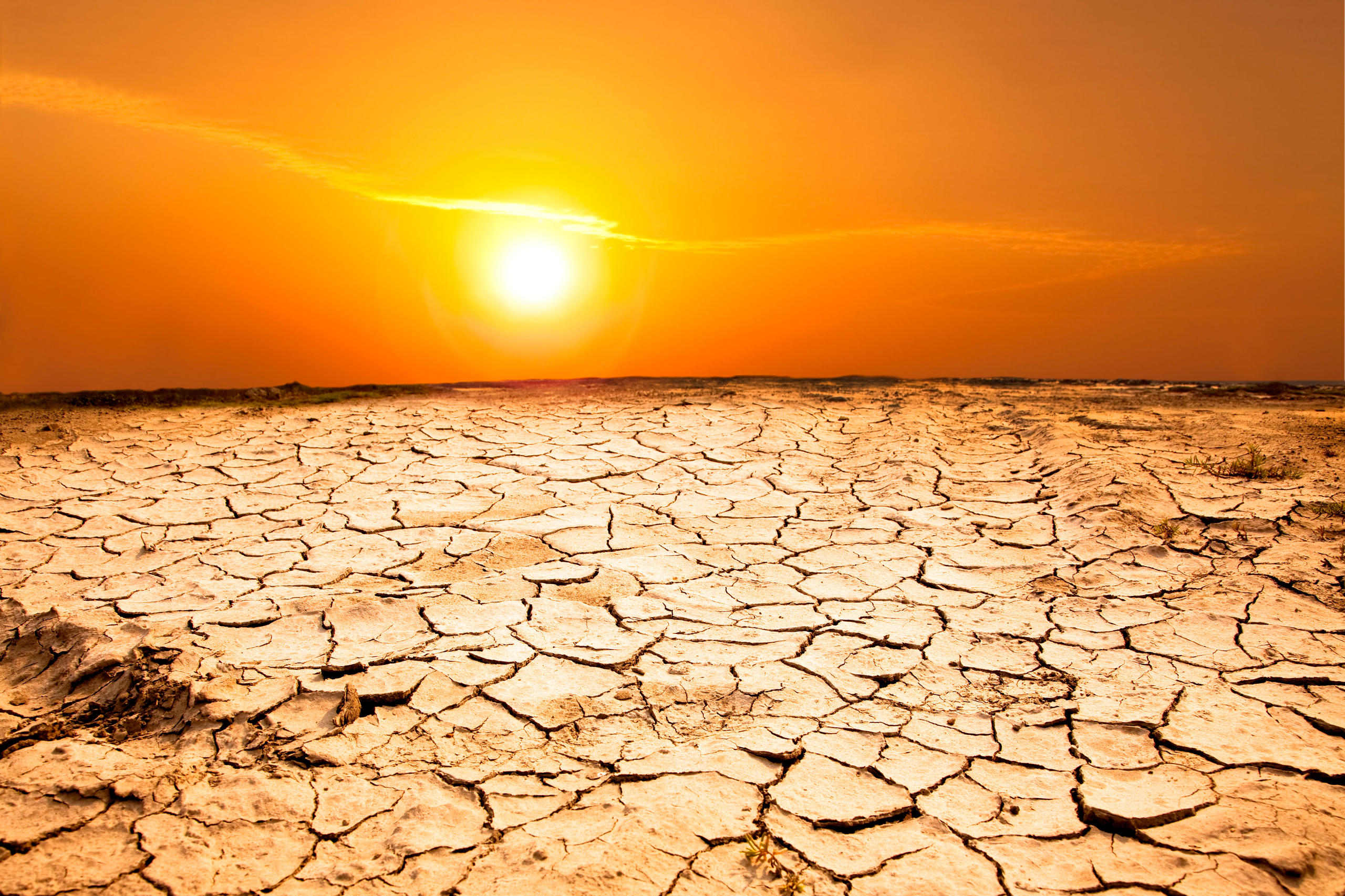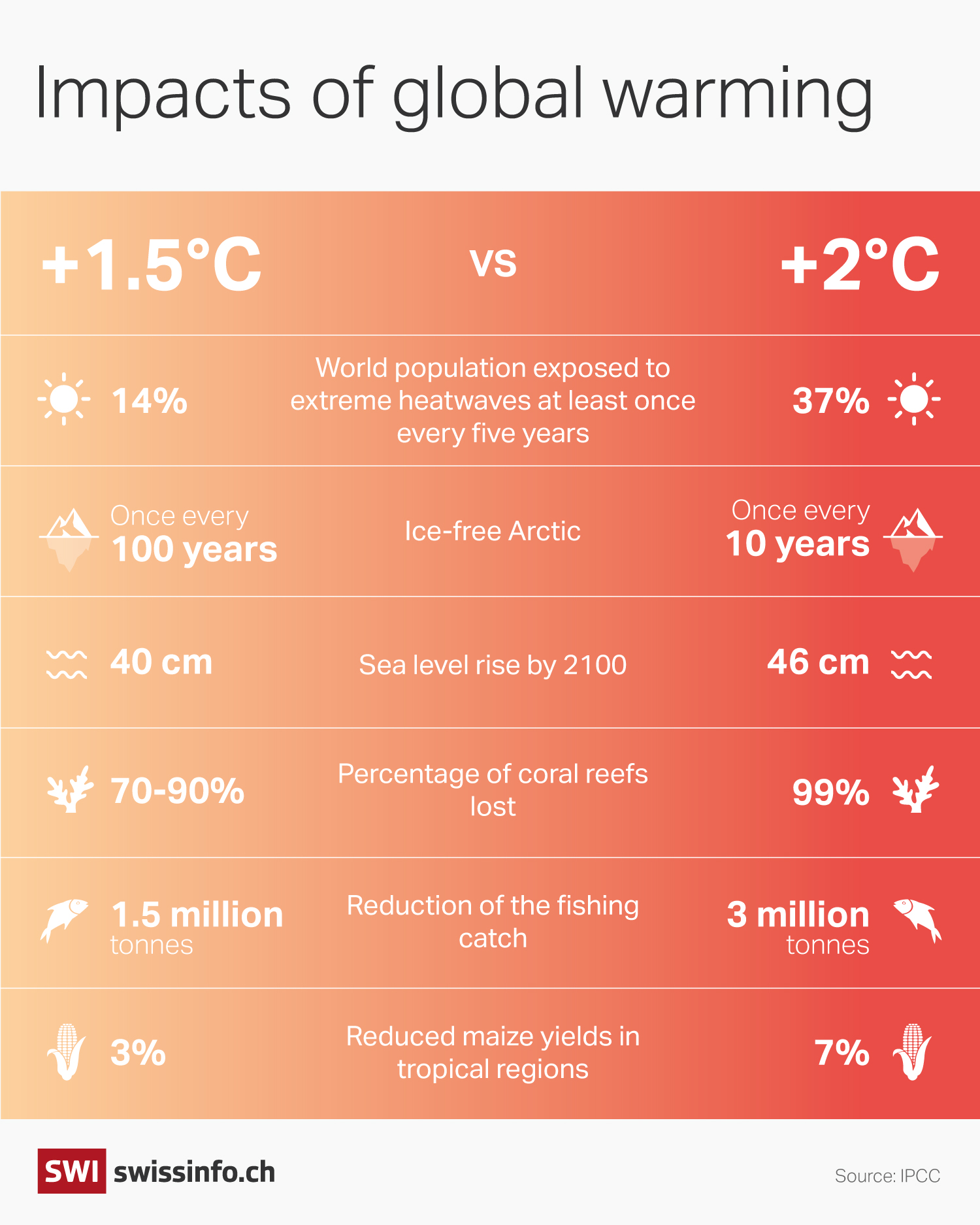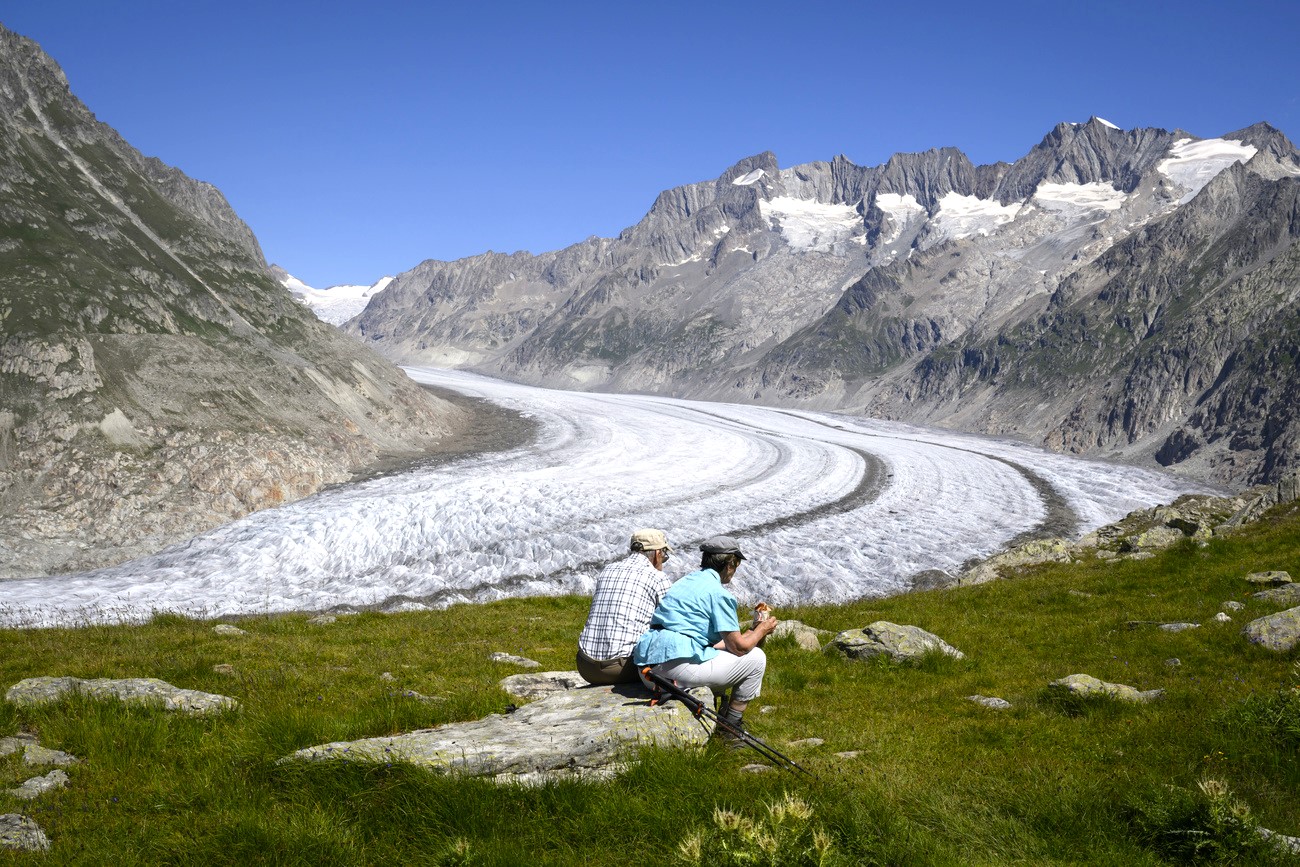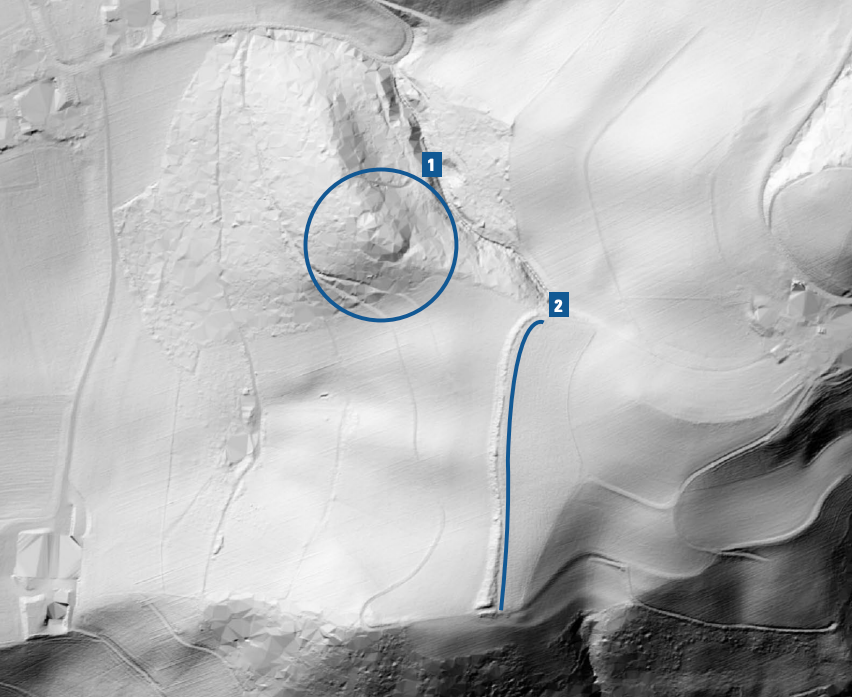Effects of 1.5°C global warming in Switzerland and beyond

This year we could exceed the symbolic threshold of 1.5°C of global warming for the first time. Here's why this limit matters and what crossing it could mean for life on Earth and in Switzerland, a country already heavily affected by rising temperatures.
The year 2024 was the warmest since measurements began in the mid-19th centuryExternal link, according to the European climate satellite monitoring system Copernicus. The 1.5°C threshold, the first safe limit to be met according to the international community, was exceeded for eleven months. Last year, the Earth’s global average temperature was 0.72°C above the 1991-2020 reference period average and 1.6°C above pre-industrial levels.
Why should the increase in the earth’s temperature be limited to a maximum of 1.5°C and what would be the impacts of more warming? Here are the answers to these and other fundamental questions from experts in Switzerland and abroad.

More
Tempting solution: cool the planet artificially
Where does the 1.5°C limit come from?
In 2015, almost every country in the world including Switzerland signed the Paris Climate Agreement, the first universal and legally binding treaty to reduce emissions. States set a goal to limit average global warming “well below 2°C ” compared to pre-industrial levels (which are based on the 1850-1900 average), aiming for a maximum increase of 1.5°C.
The two-degree bar stems from a series of scientific studiesExternal link, some dating back to the 1970s, which found that greater global warming would result in an unprecedented situation for human civilisation. The consequences would not only harm the earth’s flora and fauna but would be catastrophic for humans. Countries officially adopted the two-degree limit at the Cancun Climate Change Conference in 2010, believing it to be ambitious but within reach.
But in the years that followed, countries most vulnerable to climate change, particularly small island states, called for a review of this target, arguing that unsustainable disruptions would be possible even before the two-degree threshold was reached. In 2015, based on the latest available scientific evidence, the safe limit was lowered to 1.5°C.
Why is 1.5°C considered a critical threshold?
A special reportExternal link by the Intergovernmental Panel on Climate Change (IPCC) published in 2018 stressed the importance of limiting global warming to 1.5°C to preserve the integrity of the climate system and reduce the risks associated with rising temperatures.
According to Johan Rockström, director of the Potsdam Institute for Climate Impact Research, the 1.5°C target is not comparable to targets in other policy negotiations, on which compromises can be made. A rise of 1.5°C is not an arbitrary or political number but a planetary boundary, he told The GuardianExternal link.
This does not mean that exceeding the threshold by even a tenth of a degree will cause the end of the world. But limiting warming as much as possible can reduce the likelihood of irreversible changes to the climate and thus the planet.
A warming of 1.5°C is preferable to one of 1.6°C, and every tenth of a degree avoided reduces the risk of our approaching points of no return, such as the melting of West Antarctic ice, says Sonia Seneviratne, a climatologist and professor at the Swiss federal technology institute ETH Zurich.
Does exceeding 1.5°C mean failing one of the two goals of the Paris Agreement?
The threshold has already been exceeded on several occasions, but only for limited periods of time.

Even if the world exceeds warming of 1.5°C on an annual basis in 2024, this does not mean that we surpassed the limit set by the Paris Agreement, as underlined by the European satellite climate monitoring system Copernicus. In fact, the international treaty targets refer to a 20-year period, and according to the IPCC’s most likely scenariosExternal link, the time of the official 1.5°C overshoot – calculated as the midpoint of this 20-year period – will occur in the first half of the 2030s.
What would be the consequences of a 1.5°C warming?
We must drastically reduce emissions if the 1.5°C target is to be kept alive. By 2030, they will have to decline by 43% from 2019 levels, according to IPCC estimatesExternal link.
Otherwise, extreme weather events such as heatwaves, droughts and heavy precipitation will occur more frequently. For example, the frequency of extreme heat waves, i.e., those that occurred once every fifty years in the late 1800s, increases by nearly nine times under a 1.5°C scenario.
These exceptional events and natural disasters will cause an increasing number of casualties around the worldExternal link and result in a loss of biodiversity. They will also reduce crop yields and drive more people to migrate to more fertile lands sheltered from rising sea levels.
The graphic below illustrates the population and ecosystem impacts of global warming of 1.5°C and 2°C, respectively.

What would be the impacts in Switzerland?
Switzerland is already heavily affected by climate change, with long hot and dry periods in summer, inexorably melting glaciers and snow-poor winters. In recent years, the country has “anticipated extreme phenomena that could worsen and become more widespread in the near future,” according to Erich Fischer, a researcher at the Institute of Atmospheric and Climate Sciences at the federal technology institute ETH Zurich and co-author of the IPCC reports.
Switzerland has a continental climate and cannot benefit from the cooling effect of the oceans. It is also located in mid-latitudes. In general, regions located toward the poles experience more warming effects than those at the equator. Snow and ice also play a role: when they melt, the exposed surface reflects less sunlight and absorbs more heat, contributing to rising temperatures.
In Switzerland, the 1.5°C threshold was crossed at the turn of the new millennium, and average warming for the period 2014-2023 was 2.7°C, almost double the global average, according to the Federal Office of Meteorology and Climatology.
A global warming of 1.5°C would roughly correspond to three degrees of warming in Switzerland. Under this scenario, the melting of Alpine glaciers will accelerate and there will be less snow at lower altitudes. In general, it will rain less in summer – when agriculture needs water most – and more in winter, Samuel Jaccard, a climatologist at the University of Lausanne explains.
He points out that we have all experienced extreme weather events, whether it was a heat wave or a devastating storm such as the one that hit the western Swiss city of La Chaux-de-Fonds in July 2023.
“With the multiplication of these extreme events, we’re starting to see measurable and tangible impacts that affect everyday life,” he says. Jaccard refers, for example, to the increase in mortality during heatwaves or the increase in prices of some foods due to drought.
But it’s not too late to avoid the worst-case scenario. In its latest synthesis report, the IPCC points to multiple “feasible and effective” options to reduce emissions and ensure a liveable future on Earth.
>> The video below explains how climate change is altering the Swiss landscape, economy and its people:
Edited by Sabrina Weiss/ds

In compliance with the JTI standards
More: SWI swissinfo.ch certified by the Journalism Trust Initiative












You can find an overview of ongoing debates with our journalists here . Please join us!
If you want to start a conversation about a topic raised in this article or want to report factual errors, email us at english@swissinfo.ch.